Introducing “Whole Person Integrative Eating”: A Dietary Lifestyle for Overcoming Overeating, Overweight, and Obesity
“[Whole Person Integrative Eating] provides a fresh perspective on our epidemic of overeating, overweight, and obesity…that…could signal a paradigm shift in the field of nutrition.” . . .

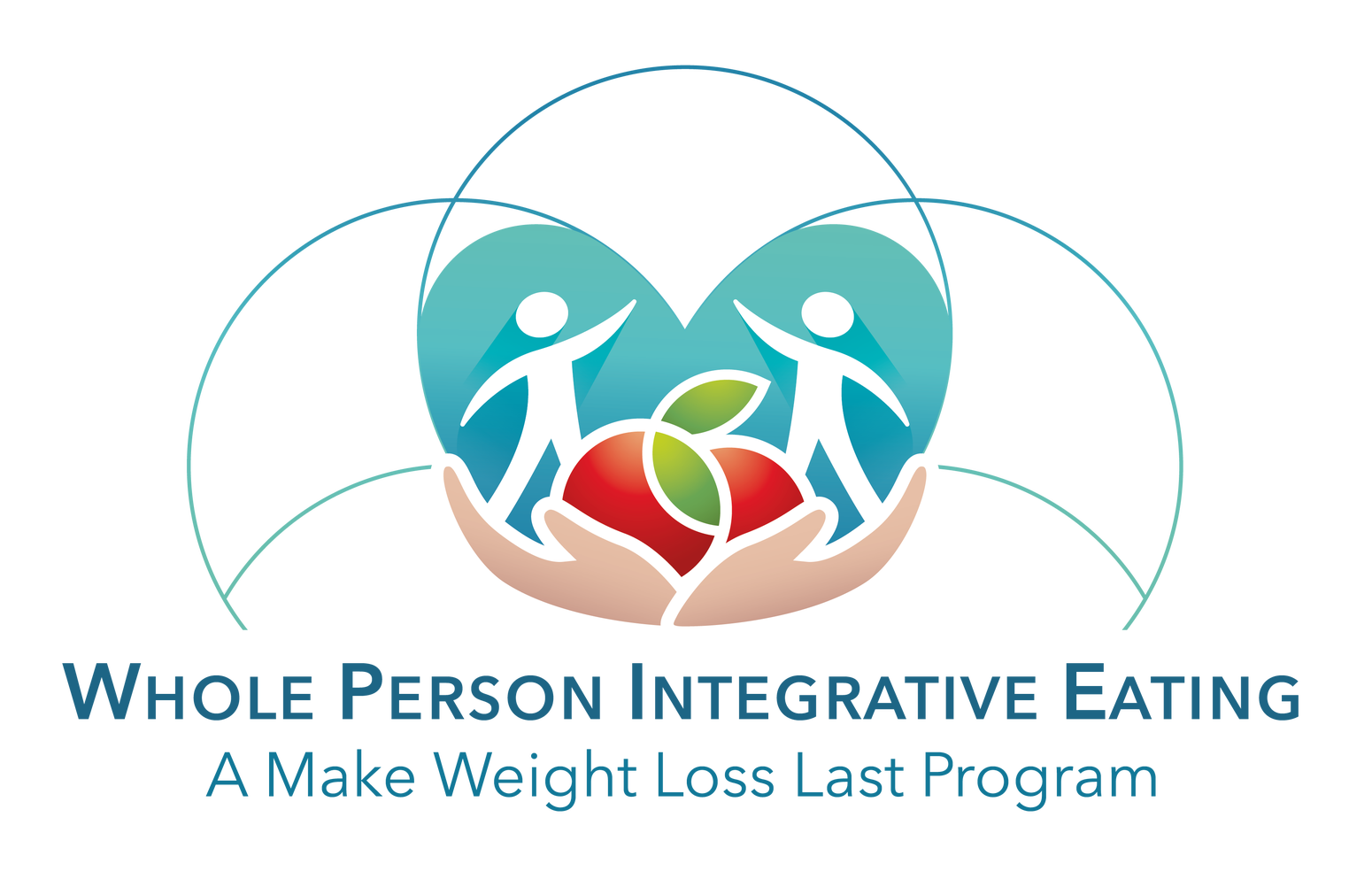
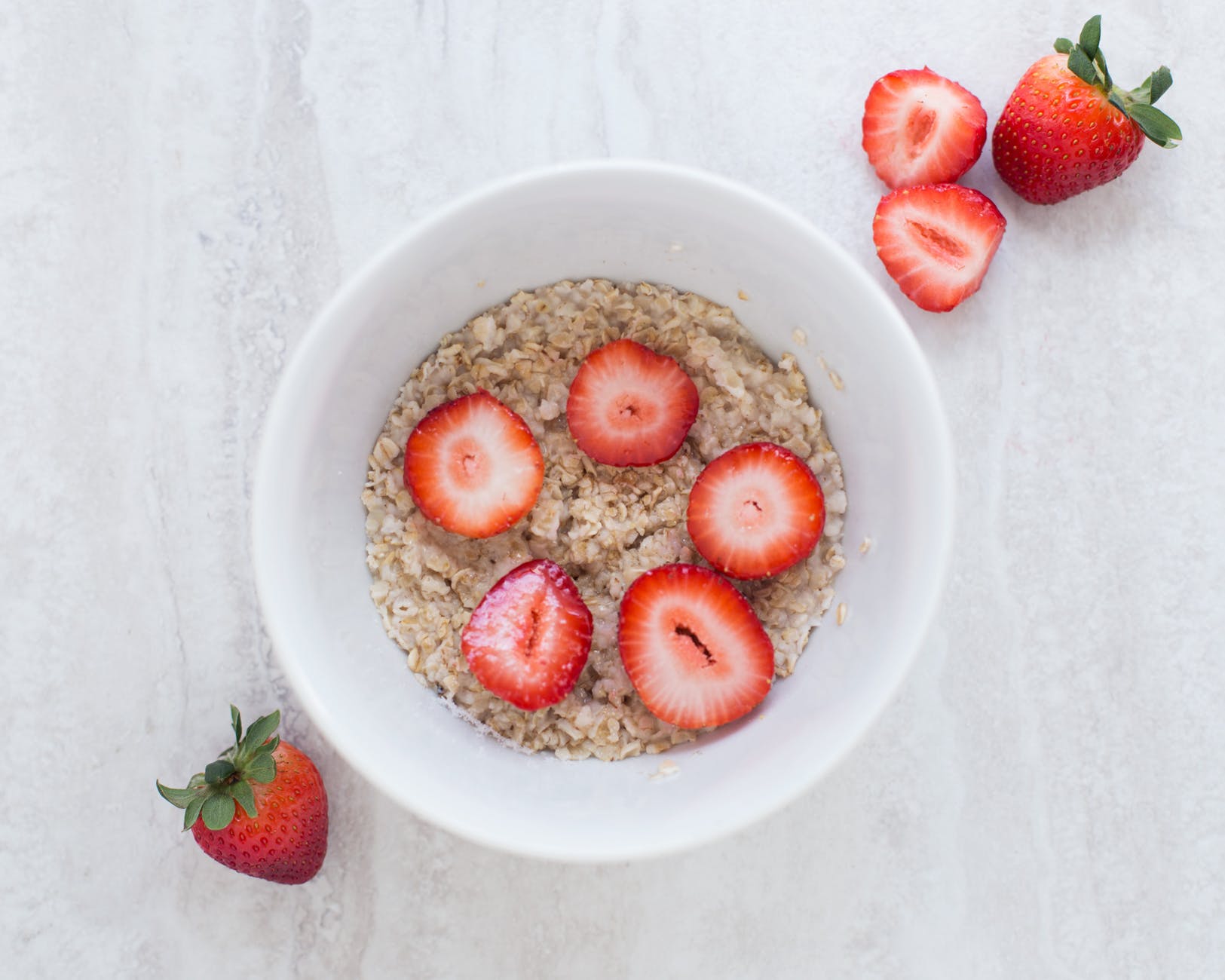
 Many athletes train in the early morning. Rowers commonly meet at 5:30 a.m. Hockey players might get rink-time at 5:00 a.m.. Athletes who need to be at work at 7:00 often train at 4:30 a.m. Many of these athletes report eating nothing before their training session. My stomach isn’t awake. … It’s too early to even think about food. … I get reflux if I eat. Others report they have better workouts when they eat something simple. The question arises: What’s the best way to fuel for early morning workouts?
Many athletes train in the early morning. Rowers commonly meet at 5:30 a.m. Hockey players might get rink-time at 5:00 a.m.. Athletes who need to be at work at 7:00 often train at 4:30 a.m. Many of these athletes report eating nothing before their training session. My stomach isn’t awake. … It’s too early to even think about food. … I get reflux if I eat. Others report they have better workouts when they eat something simple. The question arises: What’s the best way to fuel for early morning workouts?

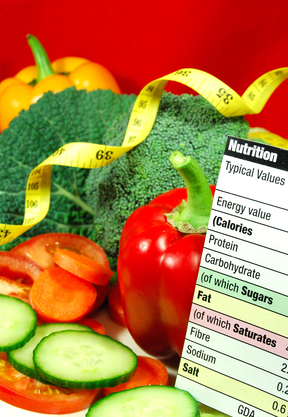
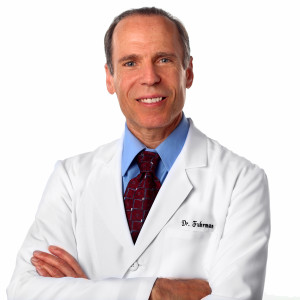
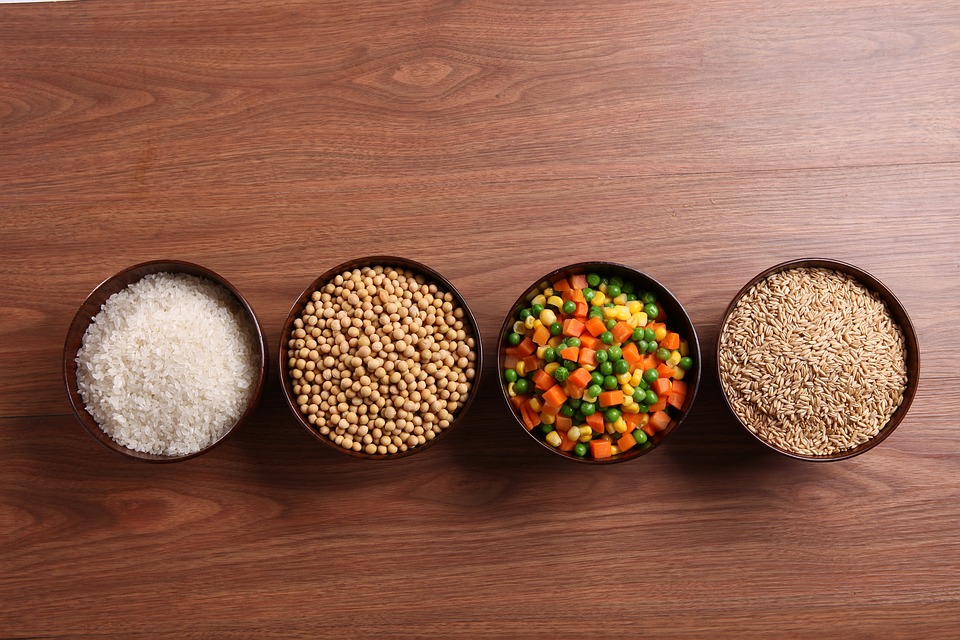
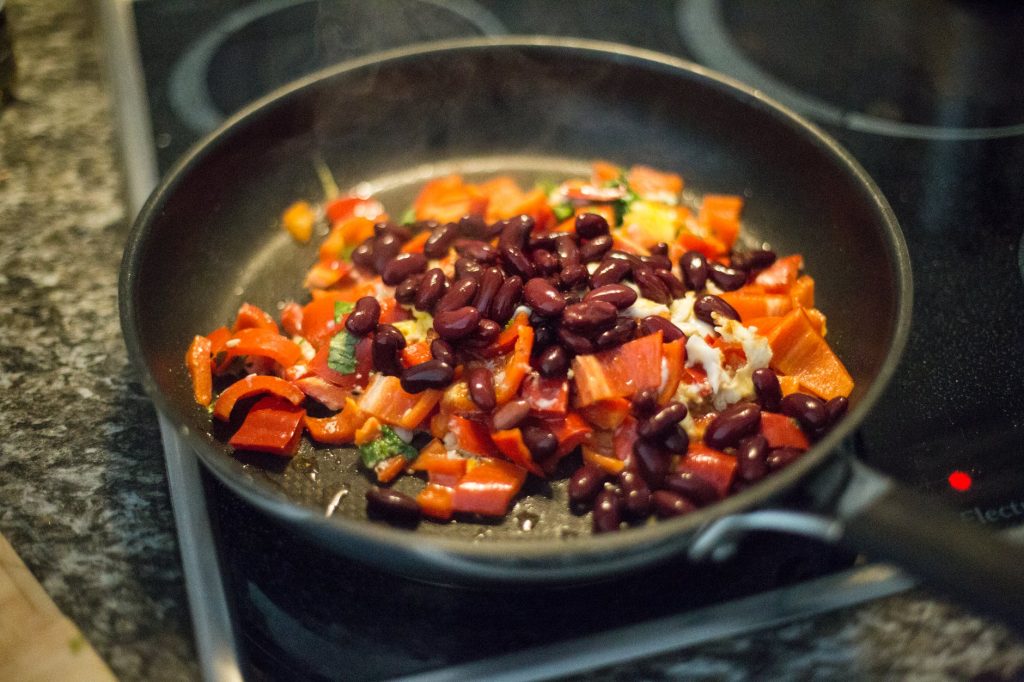 Quality carbs (fruits, vegetables, grains and beans) promote a healthy microbiome, which reduces the risk of heart disease, diabetes, and cancer. Fiber-rich carbs feed the zillions of microbes that live in your gut. These microbes have an incredible influence on your mood, weight, immune system, and overall health. Every major medical association recommends we consume a strong intake of fruits, veggies and whole grains. Do athletes on a low carb diet miss out on these health benefits? TBD.
Quality carbs (fruits, vegetables, grains and beans) promote a healthy microbiome, which reduces the risk of heart disease, diabetes, and cancer. Fiber-rich carbs feed the zillions of microbes that live in your gut. These microbes have an incredible influence on your mood, weight, immune system, and overall health. Every major medical association recommends we consume a strong intake of fruits, veggies and whole grains. Do athletes on a low carb diet miss out on these health benefits? TBD.



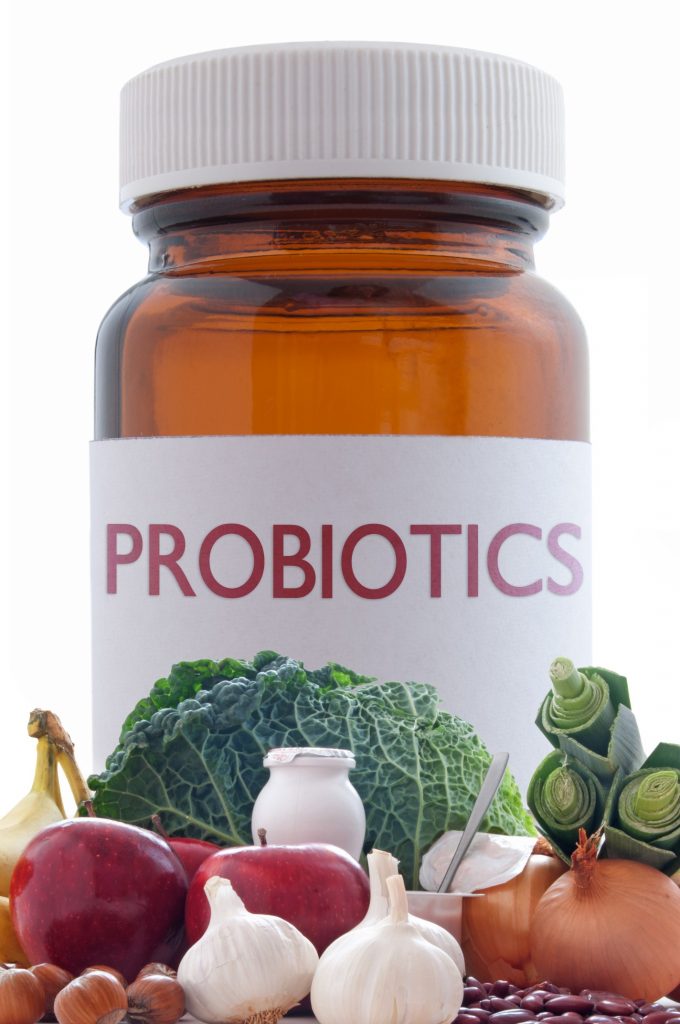 Probiotics:
Probiotics: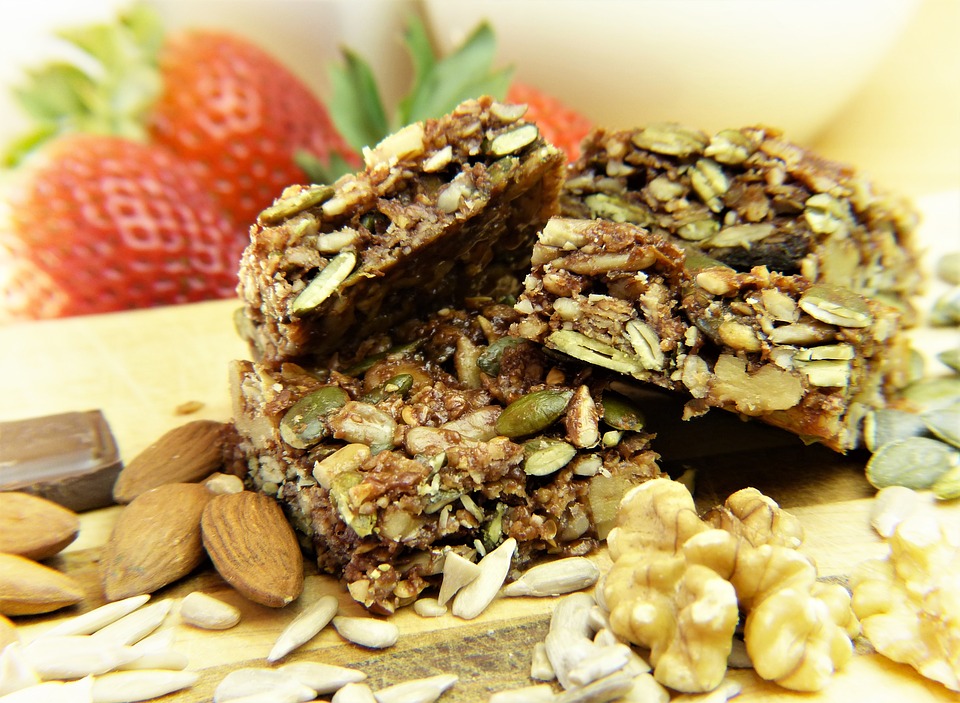 Athletes have many questions about energy bars:
Athletes have many questions about energy bars: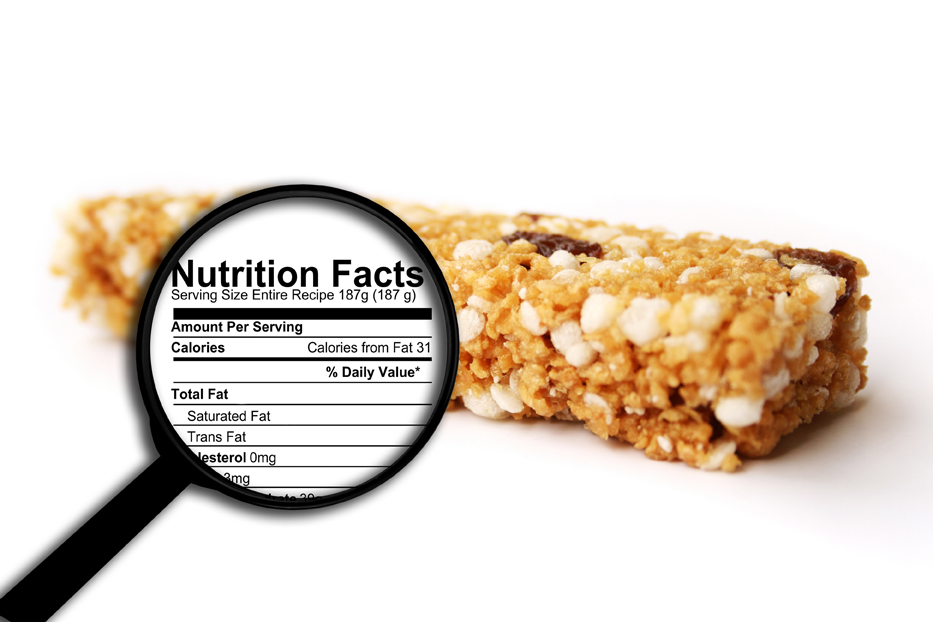 Gluten-free: Bonk Breaker, BumbleBar, Elev8Me, Enjoy Life, Enjoy Life, EnviroKidz Rice Cereal, Fody, Good Belly, GoMacro, Hammer, KIND, Lara, Picky, PowerBar Protein Plus, Pure Protein, ProBar, RX, Quest, Raw Revolution, That’s It Fruit, thinkThin, Truwomen, Zing, 88 Acres Seed and Oat.
Gluten-free: Bonk Breaker, BumbleBar, Elev8Me, Enjoy Life, Enjoy Life, EnviroKidz Rice Cereal, Fody, Good Belly, GoMacro, Hammer, KIND, Lara, Picky, PowerBar Protein Plus, Pure Protein, ProBar, RX, Quest, Raw Revolution, That’s It Fruit, thinkThin, Truwomen, Zing, 88 Acres Seed and Oat.